A Reconstructed Celtic Village in Spain
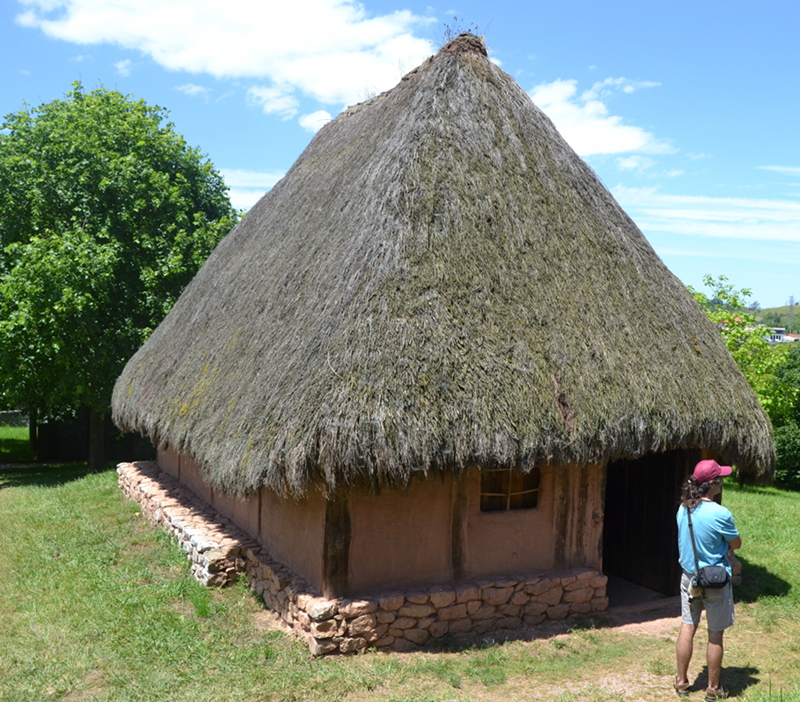
When the Romans marched into the Iberian Peninsula 218 BC, they found it to be a patchwork of small Celtic kingdoms and tribes, each with its distinct local traditions, but sharing the same overall culture.
Like with the other Celtic peoples they faced, the Romans met fierce resistance, and didn’t fully conquer the peninsula for 200 years. The last holdouts were the mountain tribes of northern Spain–the Cantabri, the Astures, and the Gallaeci. They have left their names as three of Spain’s northern provinces–Cantabria, Asturias, and Galicia. In a bitter war from 29 to 19 BC, the Emperor Augustus brought these tribes to heel and took their land for the empire.
“Cantabri” means “mountain people.” They were an isolated and independent-minded culture living a mostly pastoral lifestyle. Several of their villages and cemeteries have been excavated and the regional government has also built a reconstructed Cantabrian village. The Poblado Cántabro at Cabezón de la Sal, an hour’s train ride from the regional capital Santander, gives the visitor an insight into the lives of these ancient people.
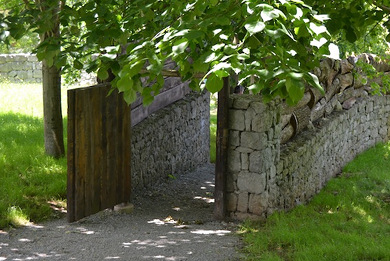
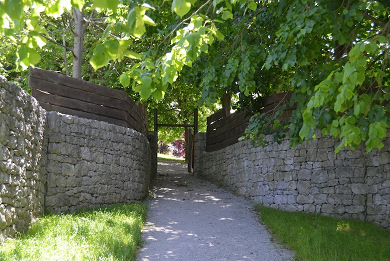
The village is a walled settlement typical of the Cantabri. A few dozen homes would be inside, with the land around dedicated to small-scale agriculture and pastures for their sheep and goats. The Cantabrian mountains are a good source of iron and salt, which the Cantabrians traded with lowland peoples.
The homes were made of wattle and daub with thatched roofs. Hazel wood was the preferred construction material since it was both strong and pliable. The thatch was made from a local plant called escoba, which means “broom” in Spanish. No prizes for guessing what else it was used for!
Unlike many Celtic homes, the hearth was inside, with a protective screen above it to keep sparks from lighting up the roof. Meat could be placed on this screen so it could be smoked. Anyone who has been to Spain knows all about the joys of their smoked meat! The smoke also got rid of the bugs and animals that can infest a thatched roof. Also unlike many prehistoric homes, animals were not kept inside to keep the building warm. Since there was a hearth, the animals could be kept in a separate building.
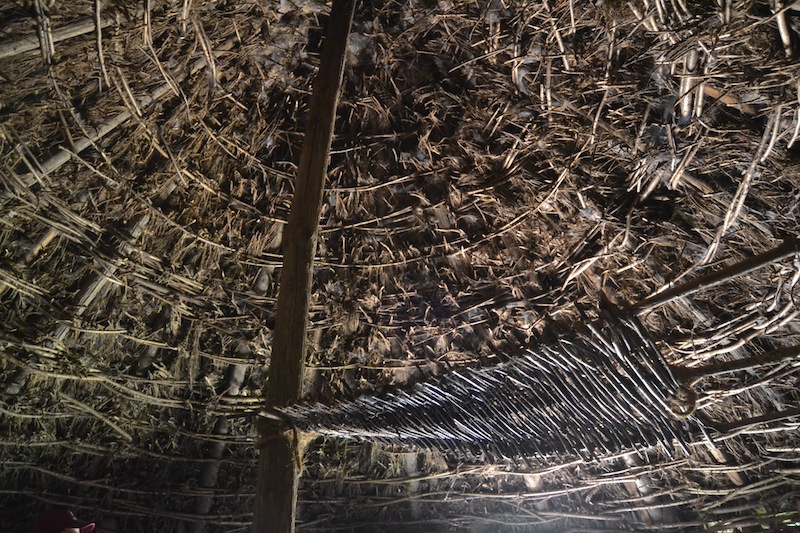
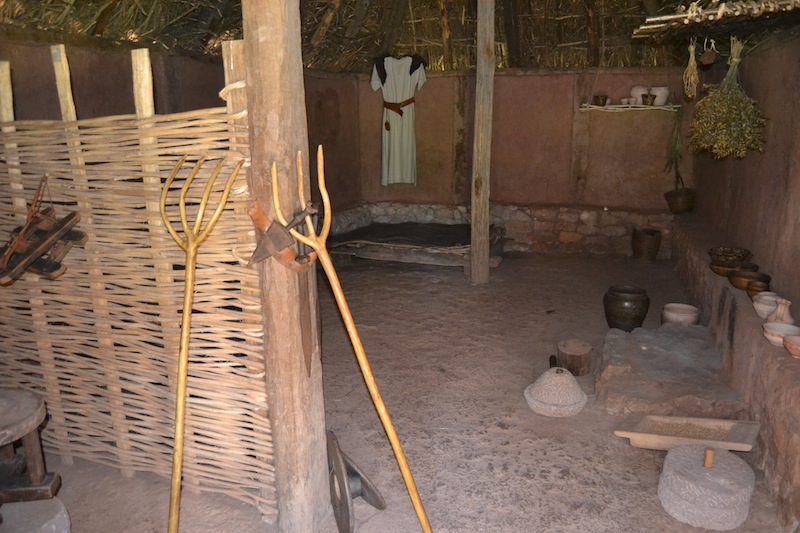
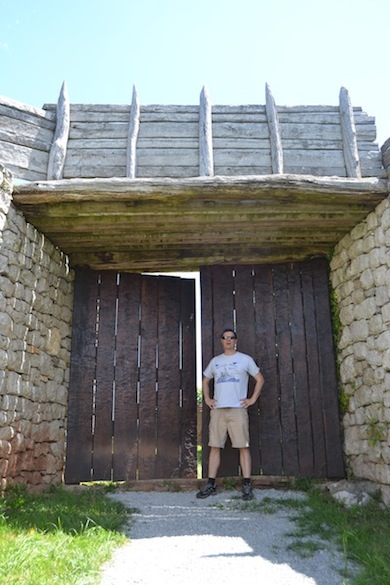
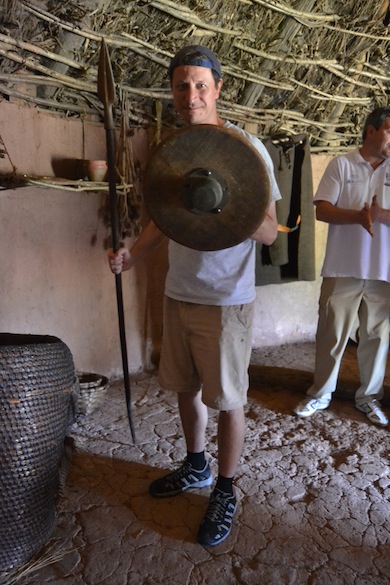
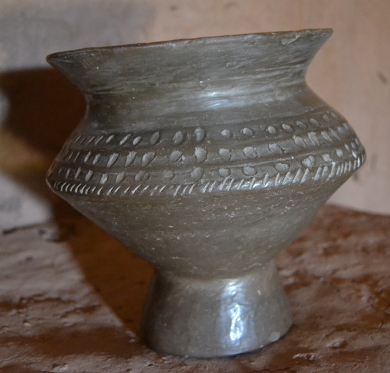
The Cantabri were in demand as mercenaries and had fought against Rome on numerous occasions, including in the Punic Wars. So when Augustus launched his invasion of northern Spain, it wasn’t just to take the region for Rome, but also it was an act of retribution. The war took ten long years, with the mountain tribes hiding out in the rough terrain and launching surprise attacks against the Roman supply lines.
A total of eight legions were involved in the fight and while they were eventually victorious, the more remote regions of the mountains were never Romanized. This can be seen today in the modern culture of Cantabria, which is still isolationist and proud. Outsiders living in the region–both foreigners and Spaniards from other parts of Spain–have trouble breaking into the local culture.

For more on the prehistory of Cantabria, follow the link to another of my articles on the region.
Sean McLachlan is a freelance travel and history writer. He is the author of the historical fantasy novel A Fine Likeness, set in Civil War Missouri, and the post-apocalyptic thriller Radio Hope. His historical fantasy novella The Quintessence of Absence, was published by Black Gate. Find out more about him on his blog and Amazon author’s page.
All photos copyright Sean McLachlan except for the two that show him. Those are copyright Almudena Alonso-Herrero.